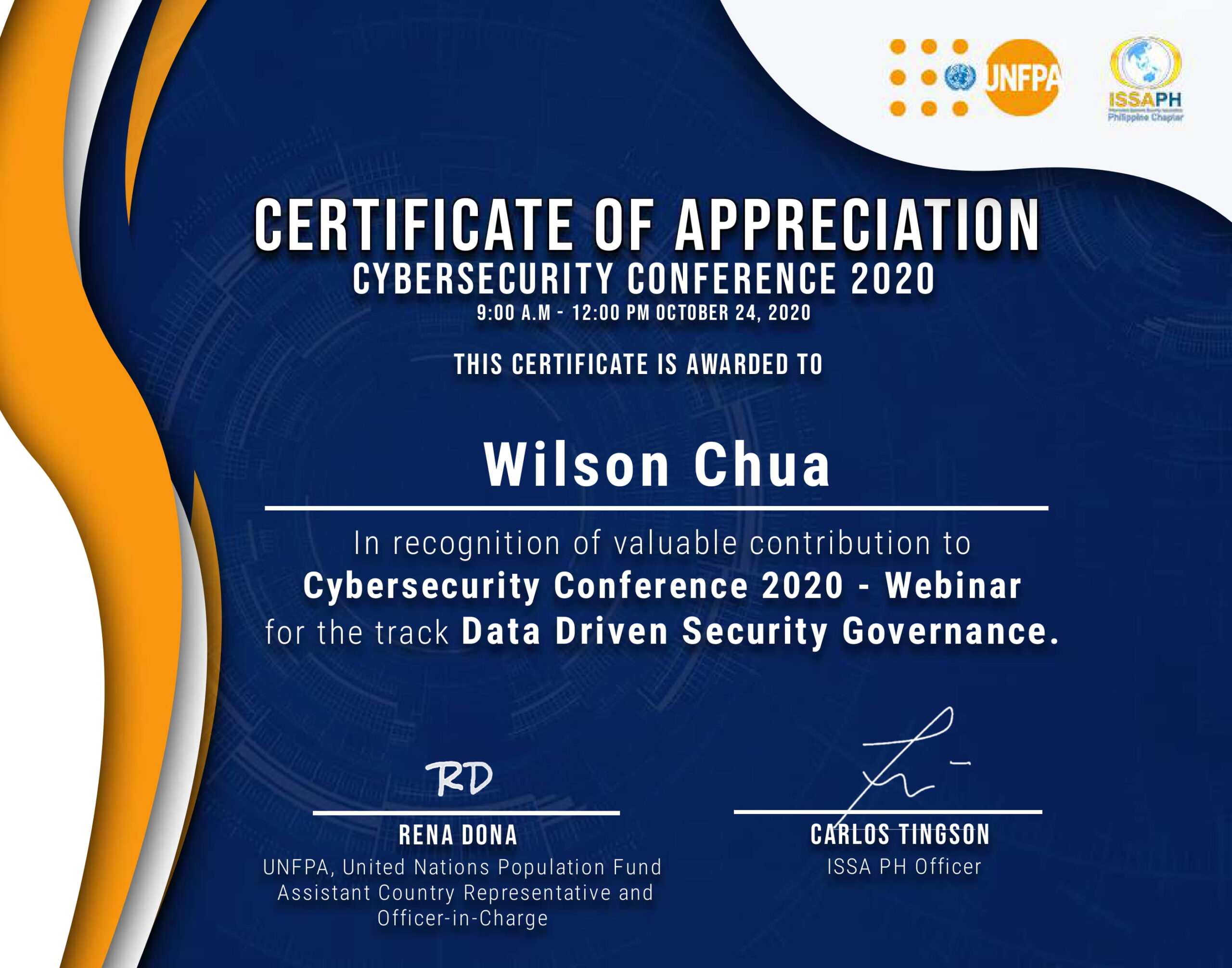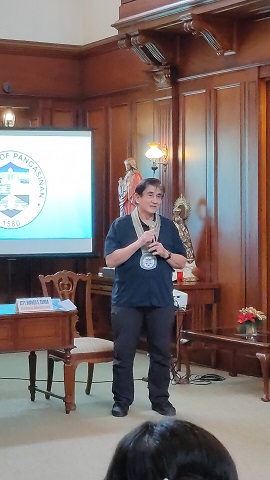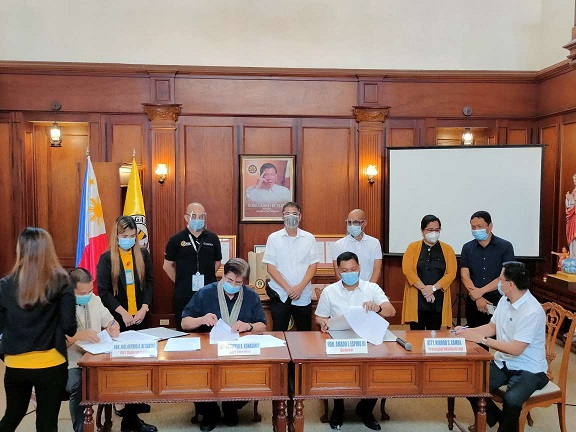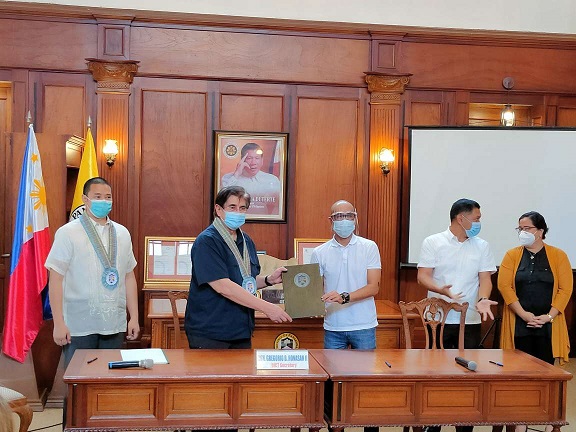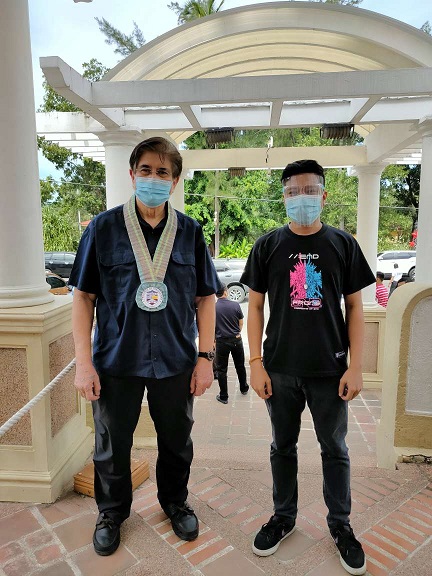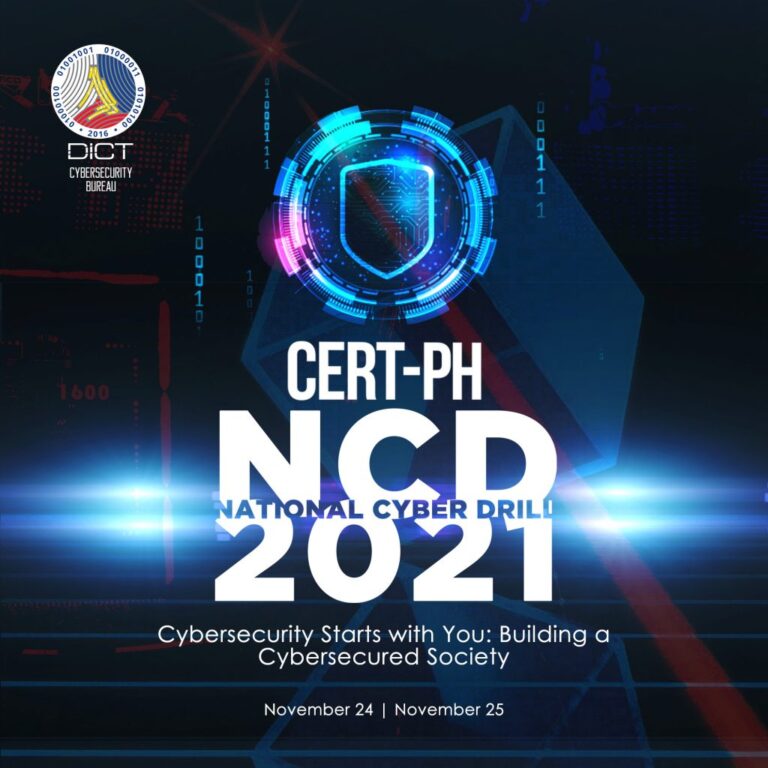
REGISTER HERE:
Day 1 (November 24, 2021 ): National Cyber Drill 2021 (Day 1)
Day 2 (November 25, 2021): National Cyber Drill 2021 (Day 2)
The Department of Information and Communications Technology (DICT)-Cybersecurity Bureau will be conducting the fourth leg of its annual National Cyber Drill Exercise on 24 to 25 November 2021, with the theme, “Cybersecurity Starts with You: Building a CyberSecured Society.”
The conduct of this activity is part of the mandate of the Philippines National Computer Emergency Response Team (CERT-PH) as stated in the DICT Department Circular 003 series of 2020.
Through the CERT-PH initiative, this year’s cyber drill will focus on enhancing public awareness and assessing the public’s perspective on cybersecurity and their capacity to protect themselves from cyber threats and cyberattacks.
CERT-PH believes that a more holistic and inclusive approach in implementing the annual cyber drill is a step forward to creating a more proactive approach in addressing various cybersecurity threats in the country.
The two-day exercise will include a series of activities that will help assess and improve the participating organizations and individuals’ incident response capabilities to mitigate cybersecurity risks.
The first drill, conducted on the first day of the two-day activity, will be open to the public regardless of their age and background. The primary purpose of this activity is to make the public more involved to develop a better understanding of cybersecurity as a public concern.
On the other hand, the second part will cater to individuals and organizations with advanced cybersecurity knowledge. Like the previous years, the drill will also include simulations of cyberattacks and IT security incidents to test the participants’ readiness and capabilities to respond to various risks and threats.
CERT-PH highlighted that familiarity with the given situations would strengthen each participants’ preparedness in solving issues relating to cybersecurity. This approach will also help them better understand how to handle the incidents in a specific case and be part of the cyber solution.
Participants who wish to be part of the National Cyber Drill 2021 will have to register separately for the two-day event.
Registration is OPEN from November 5 until November 17, 2021.
This is a FREE event. E-Certificates will be provided upon completion of the drill.
For inquiries, send us an email to drill.cert-ph@dict.gov.ph.


